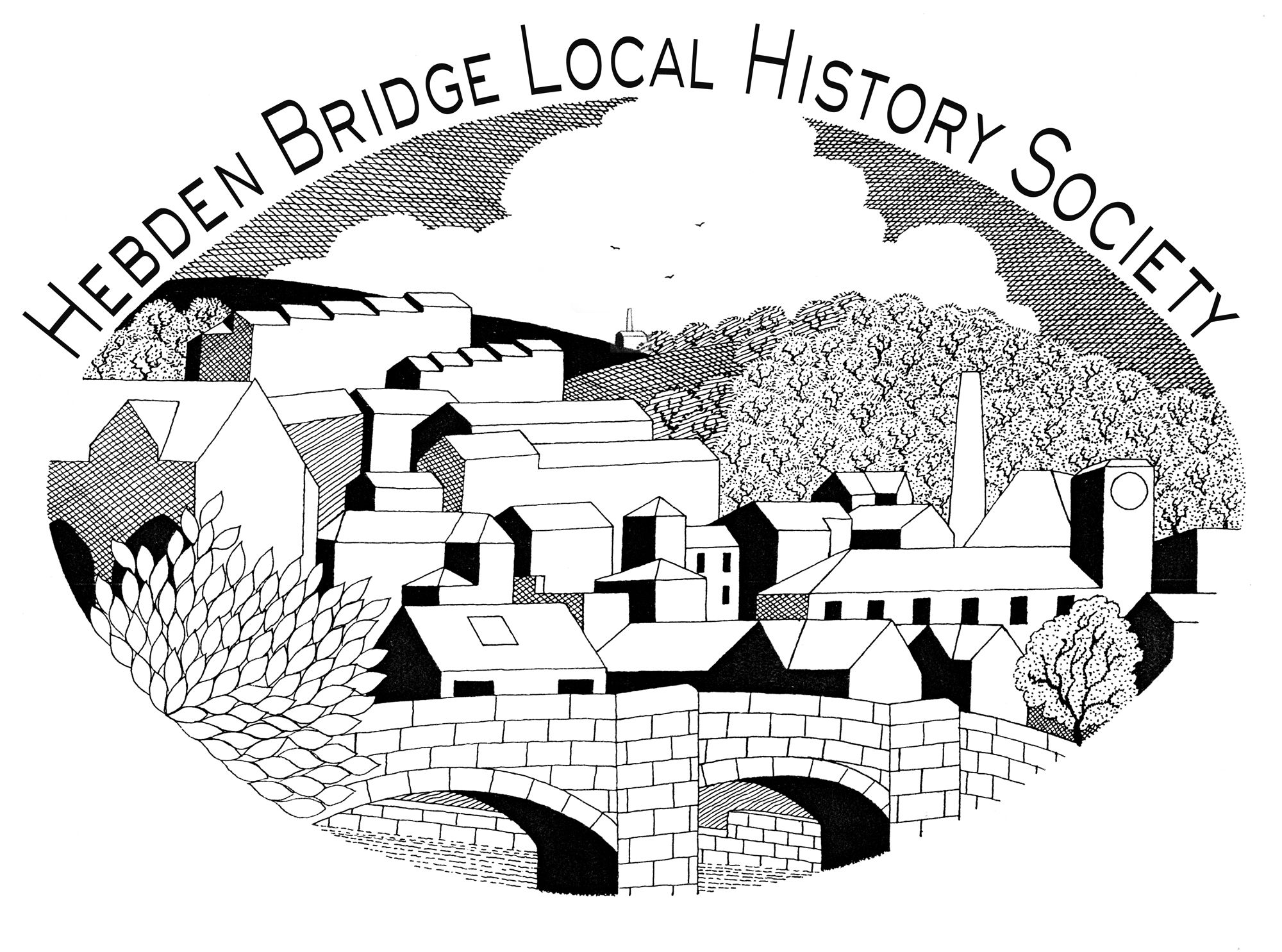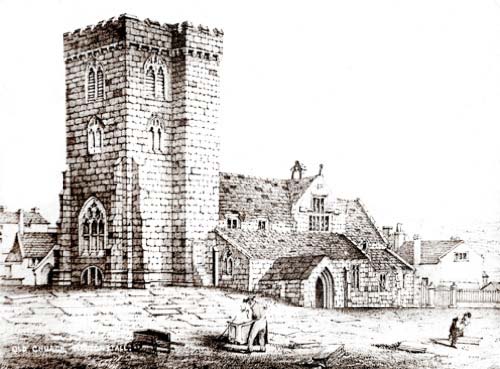Transcription of the inscriptions on gravestones in the Old Heptonstall churchyard has been an ongoing process for many years now. We know it was happening in the 1980s, proof being this photograph.

Over the years since this time several groups have done their bit and more transcriptions have been completed at each stage. In the early part of this century a team led by local historian Ken Stott transcribed about 500 grave transcriptions and these were available on line. The present team took on the task in 2010 and it is only now that we have completed the transcribing of the whole churchyard - well nearly. We have a horrid feeling that there are still a few we have missed! If you see the churchyard you will understand why this is possible. There are about 2100 graves in the old Churchyard and roughly 1000 in the new burial ground. Some of the original 1980s recording work came back to the society in recent years and we used this to piece together transcriptions of graves in areas that are now hard to access and where inscriptions are becoming illegible.

There are three adjacent burial grounds at Heptonstall. The oldest section is around the Old Church and here graves date back to about 1600; the second part around the New Church has graves dating back to about 1830. The third part, the newer burial ground is across Back Lane and was opened in 1911. There are some post-1911 graves and inscriptions still to be found in the old churchyard, especially where there were multiple plots. The transcriptions of the inscriptions in the new burial ground have been completed up to 2012.
Many of the inscriptions on the earlier gravestones are very difficult to decipher and some have only initials and dates as identification and researchers may need to consult the parish registers to identify relevant connections. In the oldest part of the churchyard the graves are not in distinct lines, many are overgrown and many inscriptions are illegible or the gravestone is completely blank. It is thought that some stones were used twice by families and may well have inscriptions on the underside as well.
The churchyard has been divided into sections using Ken Stott’s plans of the churchyard and in the main keeping to his original sectioning ideas. Some changes have been made to the numbering and a map of the churchyard is in the PDF below (Heptonstall Churchyard plan). Each section has neen converted into a grid for the purposes of recording the inscriptions. These are available below as PDFs.
The sections behind the old church, K – R are fairly difficult to access, there are a fair number of trees and bushes to negotiate and many of the graves look as if they may have been re-laid. This is where you will find the several of the older graves dating back to the 1600s.

There are still some anomalies; the graves are rarely in straight rows, so the plans only give a rough idea of the positioning of the stones. It is usually best to count from the first grave of each row. The grids of each section simplify the layout and numbering but do not always expect to find the graves in such an order; look around the area in question, the grave you are looking for will be there somewhere. In some cases, the rows may be indicated by the name on the first stone of the row, the method used by Ken Stott’s group. The graveyard becomes very overgrown, especially in the latter part of the year and graves may now be covered. We have found this is the case with several of the graves transcribed last century, especially towards the edges of the plots.

In the early part of the last century it was felt that the graveyard around the church was not large enough and so a piece of land across the lane was acquired as a new burial ground. This was inaugurated in 1911 and we are grateful to another group of local people who undertook the mapping of this ground and the transcriptions of the graves. This burial ground is still in use and so the list will never be up to date.
If in doubt, please contact us via the Society's secretary.
We need to thank everyone who has taken part in this huge task over the past 30 odd years.
Barbara Atack 2018


